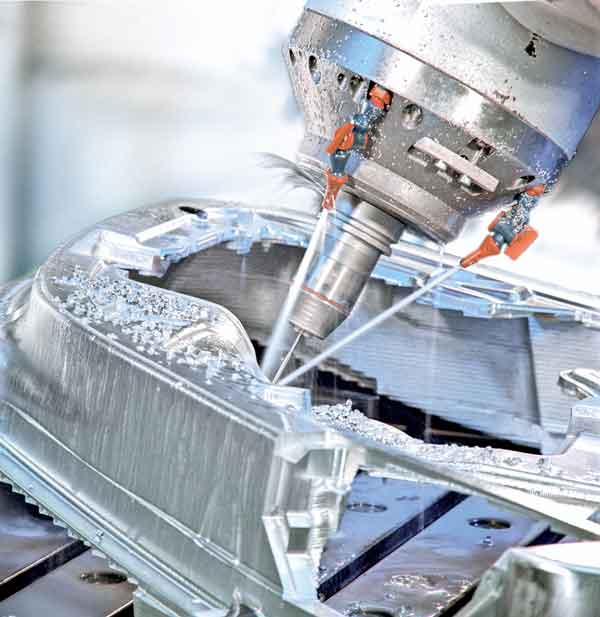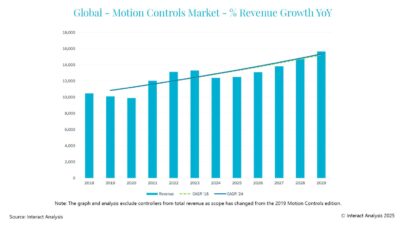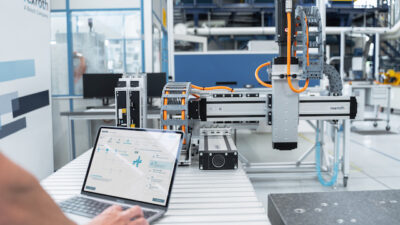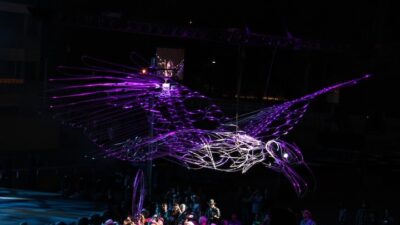Sinumerik MDynamics CNC milling and turning technology package from Siemens increases user productivity and tool speed, and improves part finish.

Sinumerik MDynamics, a technology package for milling applications, is aimed at users of 3- and 5-axis milling machines. It combines CNC hardware, smart CNC functions, and the integral CAD/CAM/CNC process chain into one usable package for industries that are required to comply with the highest standards of surface quality, precision, and machining speed. Sinumerik MDynamics is geared to applications in industries such as automotive and aerospace, power generation, medical part production, shop floor manufacturing, and tool- and mold-making. Accurate surface machining and precise contouring are provided within the shortest possible machining times. These are factors that significantly impact workpiece quality and manufacturing productivity.
The “Advanced Surface” path control system has been upgraded to further improve the quality and evenness of milling path velocity profiles and to reduce overall machining times.
An optimized look-ahead function improves part quality and increases productivity for high-speed cutting (HSC) of freeform surfaces. Special emphasis was placed on the optimization and smoothing of any jerks that occur during the acceleration phase along adjacent milling paths. As a result, the new look-ahead function improves the surface finish quality, despite increased machining speeds.
The “orientation path smoothing” (ORISON) function for 5-axis machining helps eliminate the orientation fluctuations that occur over a number of blocks. This helps to achieve a smooth characteristic for both the orientation and the contour, enabling more harmonious traversing of axes. Sub-programs used in 5-axis machining, which are generated by CAD/CAM systems, tend to include minor inconsistencies in the tool alignment movements determined by milling paths and direction vectors. These lead to compensation movements by the rotary axes. Even if these movements amount to just a few tenths of a degree, they can often bring about a temporary slowdown of tool movement or even a brief, but complete standstill of path traversing movements, resulting in visible traces on the workpiece surface and increased machining time.
For various applications, such as face-end milling, the ORISON function smooths progression of changes to the orientation vector over several NC blocks, preventing any rapid or jerky changes to the tool alignment. This results in fewer compensation movements that place less stress on the machine dynamics, leaving more dynamic capacity available for path tracking. In the end, not only are circular axes less likely to be “slowed down” by stringent tolerance specifications, but there is also improved machining speed, surface quality, and contour precision.
The new “Quick Viewer” function for mold-making applications offers a quick overview of the workpiece and the relevant sub-program. Even the biggest NC programs can be converted in the shortest amount of time into a 3D workpiece preview. The ability quickly obtain a graphical view of the mold-making program offers users enhanced security. Not only does it provide the assurance of having selected the correct mold, but it also allows a rough appraisal of whether the program contains traversing errors and also of the fundamental machining strategy.
Siemens CNC



